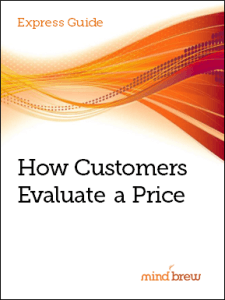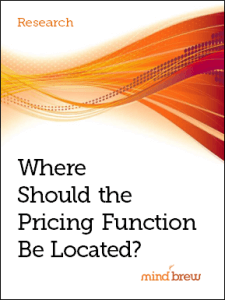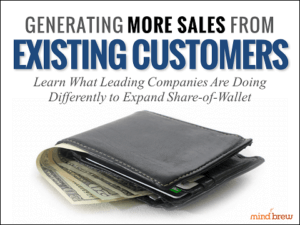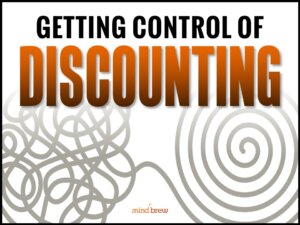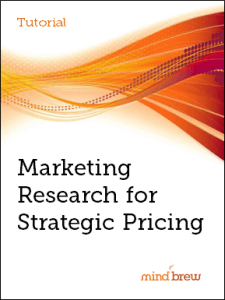Is a lower price always better?
Of course, as a pricing practitioner, your gut response is going to be an emphatic no. From your perspective, higher prices are often better, and the ideal price is the one that maximizes company profits.
But what about from a customer’s perspective? When you are shopping are there ever times when you don’t choose the item with the lowest price?
For most of us, the answer is yes. At my house, for example, we don’t buy the store-brand cereal because no one will eat it. It’s not really a bargain if the cereal just sits in the pantry until it gets stale.
But when it comes to B2B pricing, we tend to oversimplify our customers’ mindsets. We generally assume that a lower price is going to be more attractive when reality is far more complex.
Mark Dresdner, managing director at Stratapult Advisors, says that there are at least eight different factors that influence customers’ impressions of your price:
- Reference Price Points If I asked you how much a house costs, what would you say? You’re probably going to point out that it depends on a lot of factors like the size of the house and where it is located. That’s why real estate agents look at comparable properties when buying or selling homes. And your customers are doing the same thing—whether you realize it or not.
- Comparison Complexities Sometimes it’s next to impossible to compare alternatives based on price. If one mechanic tells you your car needs a new alternator and it will cost $200, and another mechanic tells you that you need a new starter and it will be $250, which will you believe? You’re going to go with the person you trust, not necessarily the person with a lower price.
- Gain or Loss Perception Many customers would rather buy a $1,000 television that’s on sale for $750 than a $700 television that has a $50 delivery fee. The end price is the same, but the customer’s perception of that price makes a big difference.
- Ultimate Payer Most people will drive a harder bargain if they are footing the bill themselves than if their employer or their insurance company is paying. This can have a big impact on B2B deals.
- Perceived Price to Quality Correlation This is where the earlier cereal example comes in to play. If you believe the name-brand cereal is better than the store-brand item, you’re willing to pay more for it. And if your customers believe that your product is better than the competition’s, you’ll be able to charge more.
- Relationship to Expenditure When you are buying something very expensive, the price to add in a smaller item seems smaller by comparison. For example, if you are buying a $30,000 car and the dealer says it will be an extra $500 for the roof rack, you’ll probably pay the $500 without hesitation because it’s so small in comparison to $30,000. But if you were shopping for a roof rack for a car you already owned, you might shop around and find one that costs $250 instead.
- Final Benefit It’s easy to get so caught up in your product’s features that you forget to emphasize the ultimate benefit that your customer will experience, but it’s always better to tout the benefit. For instance, if you tell someone that your paper has “enhanced absorbency properties,” that feature may or may not make them willing to pay more. But if you focus on the benefit—you can spill your coffee on this paper or even take it with you in the shower and everything you’ve written on it will still be readable—you’ll probably get a better response.
- Switching Costs No one exploits this facet of pricing quite as well as printer companies. They all entice customers will low-priced devices and then make up the difference on the ink. It works because customers perceive that the cost of switching to a new printer is too high (and because the other printer company will do exactly the same thing).
When you design your pricing strategy with a more comprehensive appreciation of these factors, you can develop a more nuanced—and more profitable—approach. You can read about how it all works in much greater detail in the Express Guide How Customers Evaluate a Price. It includes more of Mark Dresdner’s insights and demonstrates how B2B companies can use each of these factors to their benefit.

